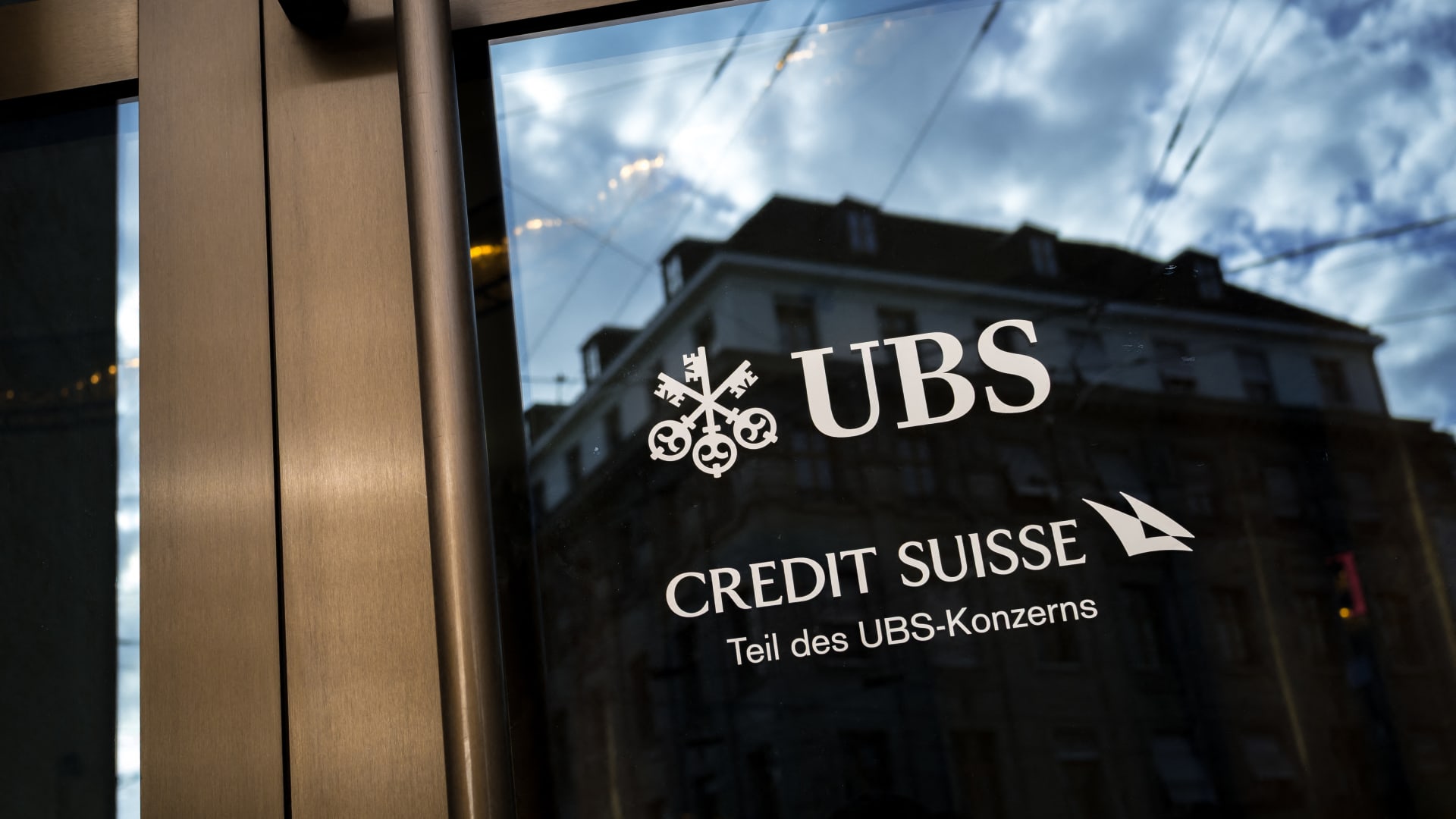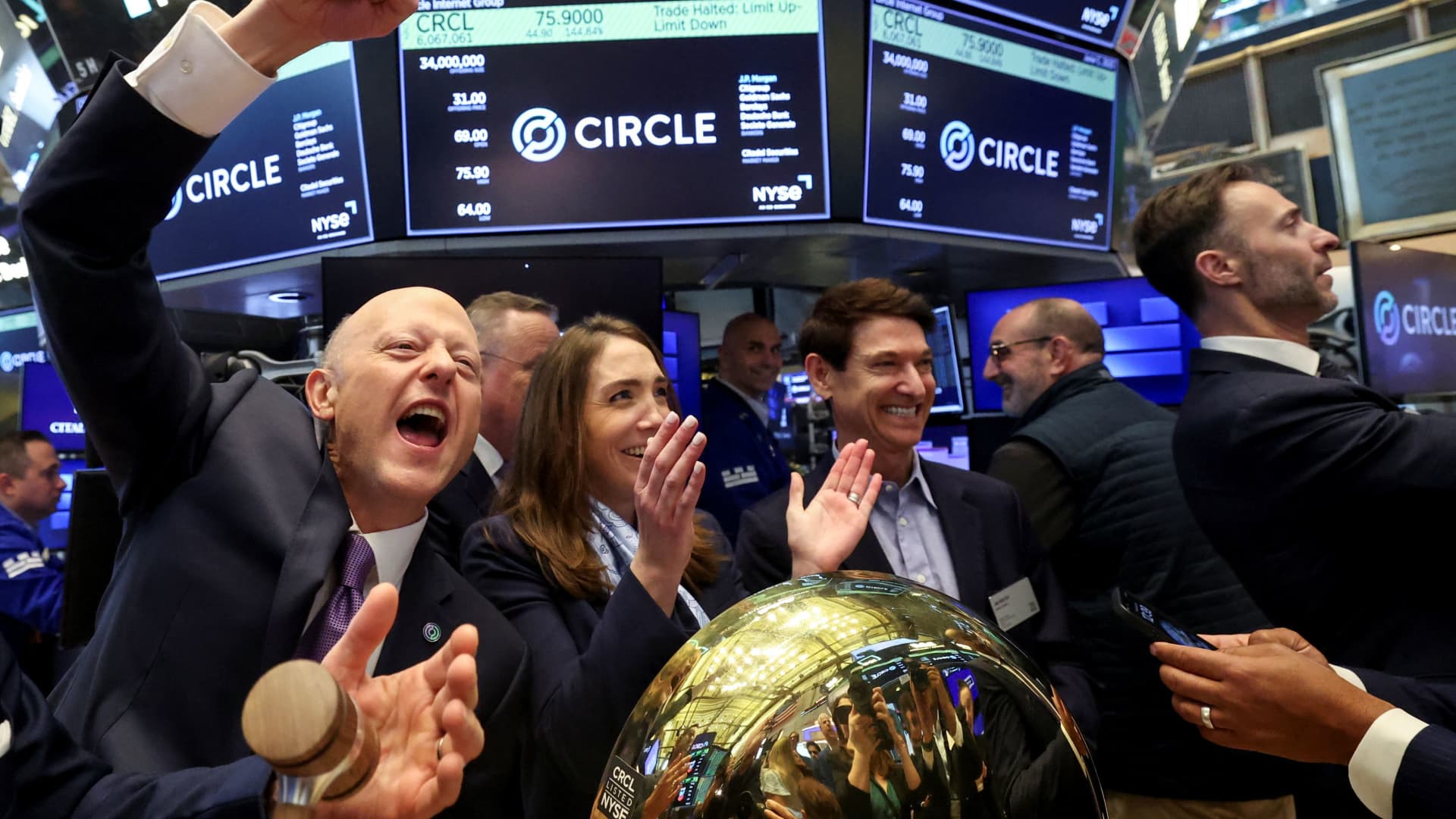A lackluster 175,000 jobs were added in April, many in the healthcare sector. (iStock)
The U.S. added 175,000 jobs in April, according to the Bureau of Labor Statistics Employment Situation report. That’s a small jump compared to the average monthly increase of 242,000 that occurred over the last 12 months.
In April, the unemployment rate sat at 3.9%, up slightly from 3.8% in March, putting the total number of unemployed individuals at 6.5 million. Those who qualify as long-term unemployed — individuals without a job for 27 weeks or more — hovered at 1.3 million, practically unchanged from last month.
Of the industries faced with job losses, the mining, quarrying and oil and gas extraction sectors were hit particularly hard, registering a 3.5% drop in jobs.
Computer and electronic product manufacturing jobs also declined by 1%. Other manufacturing industries, namely electrical equipment, appliance and component manufacturing saw a decline in jobs by 1.2%.
The healthcare industry added the largest number of jobs in April at 56,000. The industry has been adding a consistent 63,000 jobs per month over the last year.
Social assistance jobs also rose in April, by 31,000. Family services jobs led the social assistance sector, adding 23,000 jobs. Following closely was the transportation and warehouse industry, adding 22,000 jobs in total.
Is your debt getting you down? Think about a debt consolidation loan to wrap all your payments into a single payment each month. You can plug in some simple information into Credible’s free online tool to determine if a debt consolidation loan is your best option.
RISING NUMBER OF WORKERS DEPEND ON SIDE JOBS
Consumers are becoming more cautious about spending
American consumers aren’t spending as freely as they were a few months ago and are choosing to stick to smaller purchases. Additionally, those with lower credit scores are refraining from spending unless necessary, Citi reported in its annual stockholder meeting.
High credit card balances are making extra spending difficult for many, according to Citi. Americans’ total credit card balances stood at $1.13 trillion at the end of last year, an increase of $50 billion, or 4.6%.
Although credit card delinquency rates fell in March, indicating that some borrowers are recovering, they’re still notoriously high. The average delinquency rate dropped from 3.09% in February to 2.92% in March. This rate is 2.49% higher than a year ago and is still higher than pre-pandemic rates.
Anyone struggling to pay off debt should consider consolidating their debt into a low interest personal loan. Visiting Credible can help you compare debt consolidation options to find the best personal loan rates for you.
MANY PERSONAL LOAN BORROWERS RELY ON LOANS FOR EVERYDAY EXPENSES AS COST OF LIVING GROWS
Interest rates remain stubbornly high
Despite predictions that interest rates would be lower by now, the Federal Reserve has yet to cut rates. The Fed attributes this to inflation, which is still higher than they’d like to see.
Mortgage rates remain one of the highest rates consumers are dealing with. Although mortgage rates are separate from the rates the Fed deals with, they often follow closely. Until the Federal Reserve drops rates, mortgage rates aren’t likely to go down anytime soon.
“If the Fed does not cut rates this year, the housing market will likely remain status quo: Gridlocked on the resale side and builders buying down rates allowing the new construction side to continue its out performance,” Devyn Bachman, the chief operating officer of John Burns Research & Consulting, said.
Currently, mortgage rates hover above 7% for 30-year, fixed rate loans. Rates aren’t the highest they’ve ever been, but they’re much higher than the drastic lows seen during the pandemic.
“The housing market has always been interest rate-sensitive. When rates go up, we tend to see less activity,” Danielle Hale, Realtor.com’s chief economist, said.
“The housing market is even more rate sensitive now because many people are locked into low mortgage rates and because first-time buyers are really stretched by high prices and borrowing costs,” Hale said.
If you are considering buying a house right now, make sure you’re getting the lowest interest rate possible. Credible can help you view multiple mortgage lenders and provide you with personalized rates within just minutes, all without impacting your credit.
MILLIONS HAVE MOVED OUT OF CERTAIN PARTS OF THE COUNTRY NOW DESIGNATED “CLIMATE ABANDONMENT AREAS”
Have a finance-related question, but don’t know who to ask? Email The Credible Money Expert at [email protected] and your question might be answered by Credible in our Money Expert column.

 Blog Post6 days ago
Blog Post6 days ago
 Accounting1 week ago
Accounting1 week ago
 Economics1 week ago
Economics1 week ago
 Personal Finance1 week ago
Personal Finance1 week ago
 Economics1 week ago
Economics1 week ago
 Personal Finance1 week ago
Personal Finance1 week ago
 Accounting1 week ago
Accounting1 week ago
 Finance1 week ago
Finance1 week ago










